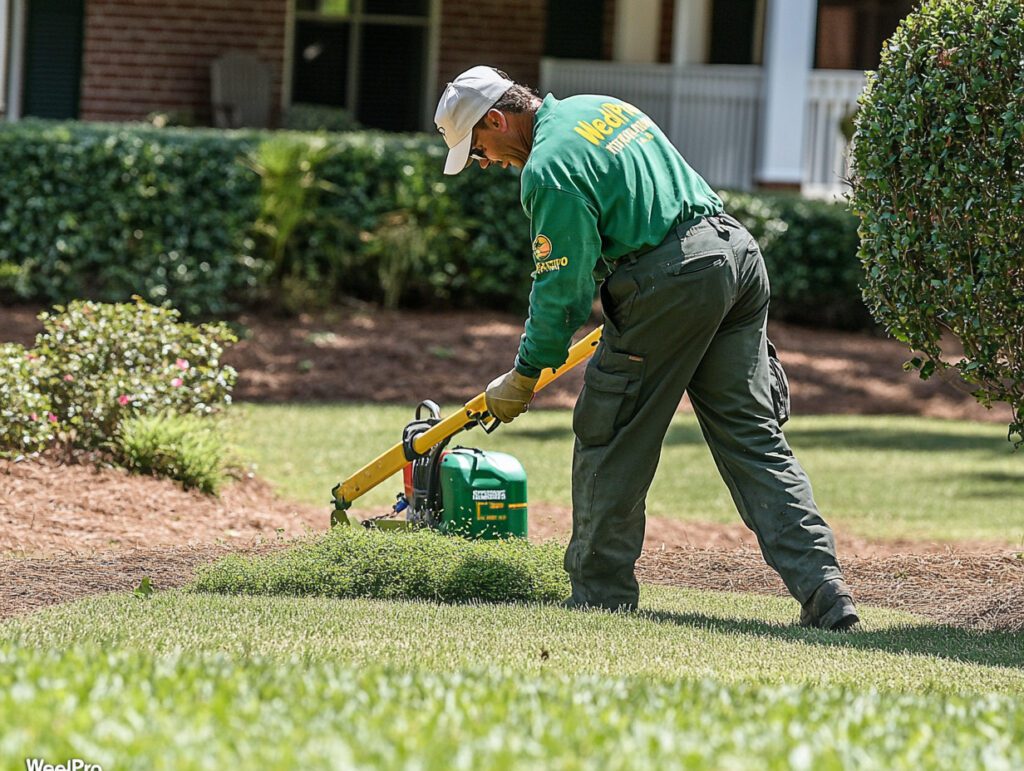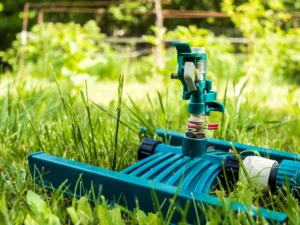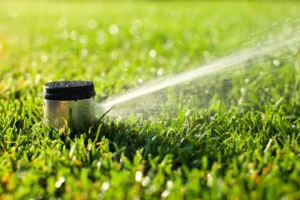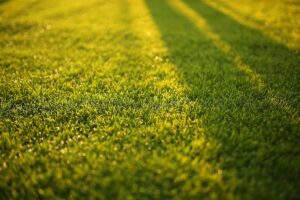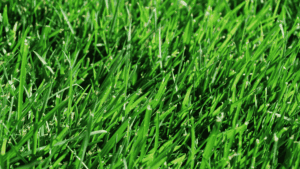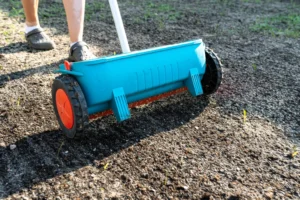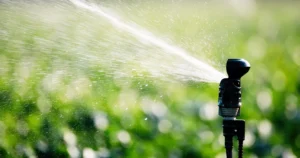Atlanta homeowners reap the benefits of lawn top dressing by rehabilitating compacted clay to create high-quality, well-draining soil while leveling out bumpy and uneven turf. For those who are experiencing poor drainage, thin spots, or too much thatch, you might consider yourself one of the many yards that are suffering from Georgia’s infamous red clay. In this article, we are focused on the following five themes: the Primary benefits of top dressing for local soil; When to top-dress for warm- and cool-season grasses; How WeedPro applies top dressing professionally; What material to choose for lasting impacts; and the cost considerations and value analysis.
By breaking apart each of these topics, you will have practical information for when and how to top-dress for an improved and healthier Atlanta lawn.
What Are the Key Benefits of Lawn Top Dressing for Atlanta Lawns?
Lawn top dressing is the application of a thin layer of nutrient-rich material to existing turf, enhancing soil health, improving root health, and improving surface quality. We are enhancing the functionality of your clay-based lawn by adding organic matter or sand, loosening compaction, and nourishing the grassroots.
Before we bag some of the details, consider these benefits:
- Improve Soil Structure by loosening compacted clay for better air and water movement.
- Improve Nutrient Retention with organic matter included, which helps bind nutrients and support root development.
- Reduced Thatch and Resistance to Disease by accelerating microbial decomposition of excess thatch and establishing an unhealthy environment for microbes.
- Level Out Uneven Lawns so mowers run smoothly and water does not incessantly pool.
- Improve Drought Resentment as amended soil retains more moisture longer, decreasing irrigation demands.
These outcomes naturally lead to understanding the appropriate windows for application.
How Does Top Dressing Improve Atlanta’s Clay Soil and Drainage?
Topdressing helps Atlanta’s compacted clay soils by creating micro-channels that allow water and air to flow into the soil. Adding sand or compost directly on top of the aerated holes allows gravity to pull the material into the compacted zones, thereby restoring permeability. By making this improvement, you reduce the potential for water to run off and stand, allowing deeper, healthier roots to develop. This is an important step in getting the turf back in shape for the next season.
In What Ways Does Top Dressing Enhance Nutrient Absorption and Root Health?
When you use organic compost or finely screened topsoil as a topdressing, you increase biological activity in the area around the roots. While the additional organic material serves as a physical layer, it promotes the growth of beneficial microorganisms within that organic layer, effectively allowing every nutrient to be digested and made available to the plant. Once roots grow into that amended area, they receive all the moisture they need, coupled with an abundance of fertility, allowing them to continue growing thick plants.
Can Top Dressing Reduce Thatch and Promote Disease Resistance?
Using compost as a topdressing will assist in the breakdown of thatch. The compost acts as a food source for lignin-digesting microorganisms. The thinner the layer of thatch becomes, the lower the risk the crown is of housing spores from pathogenic fungi and/or grass-feeding insects. You will observe the emergence of a more balanced ecosystem that can hold its own, to an extent, fighting off commonplace lawn-borne diseases.
How Does Top Dressing Help Level Uneven Lawns and Increase Drought Resilience?
Applying a consistent amount over low spots that need some elevation will begin to fill in those depressions and will not be as noticeable each time it’s applied. This smoothing will prevent water from collecting in the holes and help create a more uniform canopy. Additionally, moist soil will be available in these areas and has less potential to dry out, which will decrease the frequency of irrigation cycles required without causing significant stress to the grass.
When Is the Best Time to Top Dress Lawns in Atlanta for Different Grass Types?
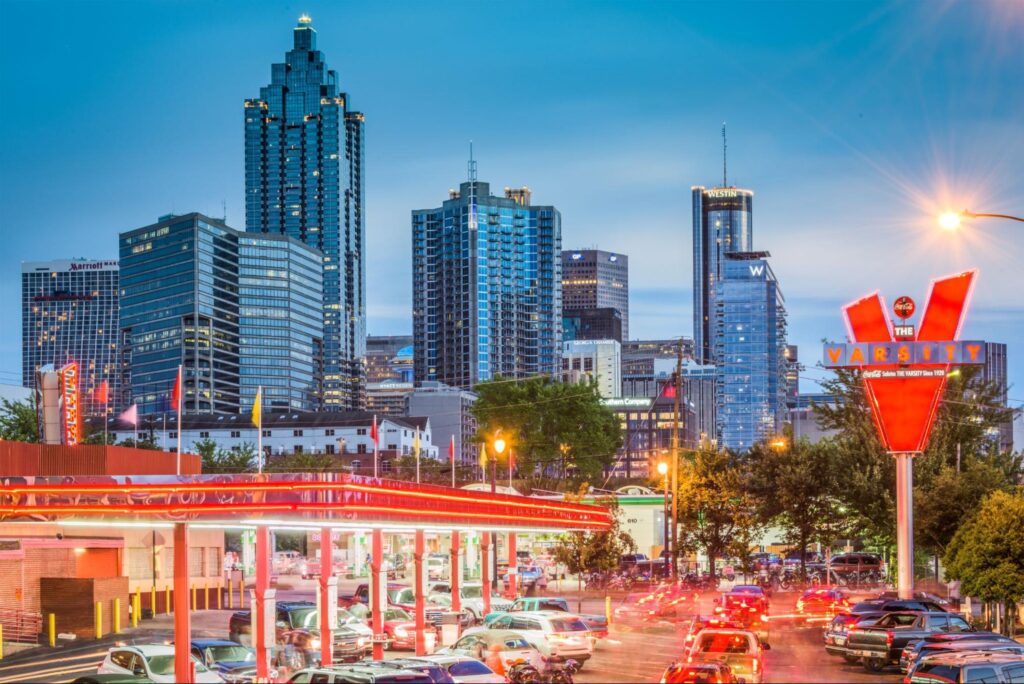
Timing top dressing correctly ensures materials integrate smoothly and grass recovers quickly. Implementation varies by grass species and seasonal growth patterns.
| Grass Type | Best Season | Functional Benefit |
|---|---|---|
| Zoysia & Bermuda | Late Spring–Early Summer | Active root growth draws material into clay pores |
| Fescue | Early Fall | Cooler soil temperatures boost seed establishment |
Selecting the right window aligns top dressing with peak root activity for maximum incorporation.
What Factors Influence the Timing of Top Dressing in Atlanta Lawns?
Soil temperature, recent weather, and turf quality will all be indicators for timing. Top dressing in very wet soil could result in issues, and top dressing in very dry conditions could prevent the material from settling properly. A great time to learn the benefits of the material would be to top dress 1-2 days after a light rain, when the grass is actively growing.
What Is the Professional Lawn Top Dressing Process Used by WeedPro in Atlanta?
At WeedPro, our professional processes enable us to apply a consistent product. While these processes are standard and effective, they involve core aeration, dethatching, the use of materials, and post-care practices to enhance lawn quality.
- Aeration and dethatching – Core aeration pulls soil plugs out, and dethatching removes the excessive debris we call thatch.
- Material Application- Uniform application of a customized blend of sand, compost, or screened topsoil applied in an equal manner using a composted spreader.
- Surface Integration- Using a power rake to flip the material into aeration holes and low points.
- Watering- First watering cycle to set material into place and activate the microorganisms.
Healthy soil needs Aeration and dethatching to prepare for top dressing.
What Materials and Equipment Does WeedPro Use for Top Dressing Atlanta Lawns?
WeedPro uses high-capacity compost spreaders, broadcast spreaders set up for uniform coverage, and power rakes for finish grade work. The application materials include river sand for drainage, organic compost to add nutrients, and screened topsoil to increase the organic and mineral content of soil texture—each dependent on the specific grass type and soil type.
What Are the Post-Application Care Steps After Top Dressing?
Following the integration of the material, viewing a light watering of the lawn per week for a week or two is essential, as this is critical in “settling in” the new layer, as well as encouraging “good bugs”. Regular mowing heights may continue as per the normal maintenance schedule; however, heavy foot traffic should be avoided for two weeks to prevent damaging the new layer. Once the new turfgrass has begun to show growth, supplemental fertilization may be applied to promote new growth.
Which Top Dressing Materials Are Best for Atlanta Lawns and Clay Soil?
Selecting the proper material mix will balance drainage properties, nutrient content, and soil texture. The following are the recommended top dressing materials:
- Sand: Improves drainage and may assist with leveling low spots in the yard
- Organic Compost: Increases “microbial activity”, nutrition, and moisture retention
- Custom Blends: Depending on the existing turf species and clay texture, blends may consist of various proportions of topsoil, sand, and organic compost, tailored to the specific turf type and clay texture.
These are common, basic principles of top dressing that serve as a baseline for determining what type of blends will meet ones performance and fiscal needs.
Why Are Custom Blends Important for Different Grass Types and Soil Conditions in Atlanta?
The custom blend of top dressing material mix is crucial for meeting the diverse needs of turfgrass, ranging from warm-season to cool-season grasses. With a tailored blend of top dressing material ratios, one could achieve a balance between drainage qualities (sand), nutritional attributes (compost), and structural support (topsoil), while optimizing the overall results for either a warm or cool-season lawn, depending on turf type and in the turf microclimate in Atlanta.
What Factors Affect the Cost of Lawn Top Dressing Services in Atlanta?
There are multiple factors that contribute to determining the investment in a professional top-dressing service. Here are likely considerations when hiring a professional to perform top dressing:
- Lawn Size – Managing larger yards requires an increase in area, necessitating consideration of additional materials and labor.
- Material Selection – Premium organic compost will cost more than basic sand options.
- Additional Services – If services include aeration, overseeding, and dethatching, there may be an increase in the overall scope of the top dressing services.
Consolidating these factors contributing to overall costs would help you pay attention to not only the investment required to initiate top-dressing services, but also the evaluation of a return on that investment.
Take the Next Step Toward a Healthier Lawn
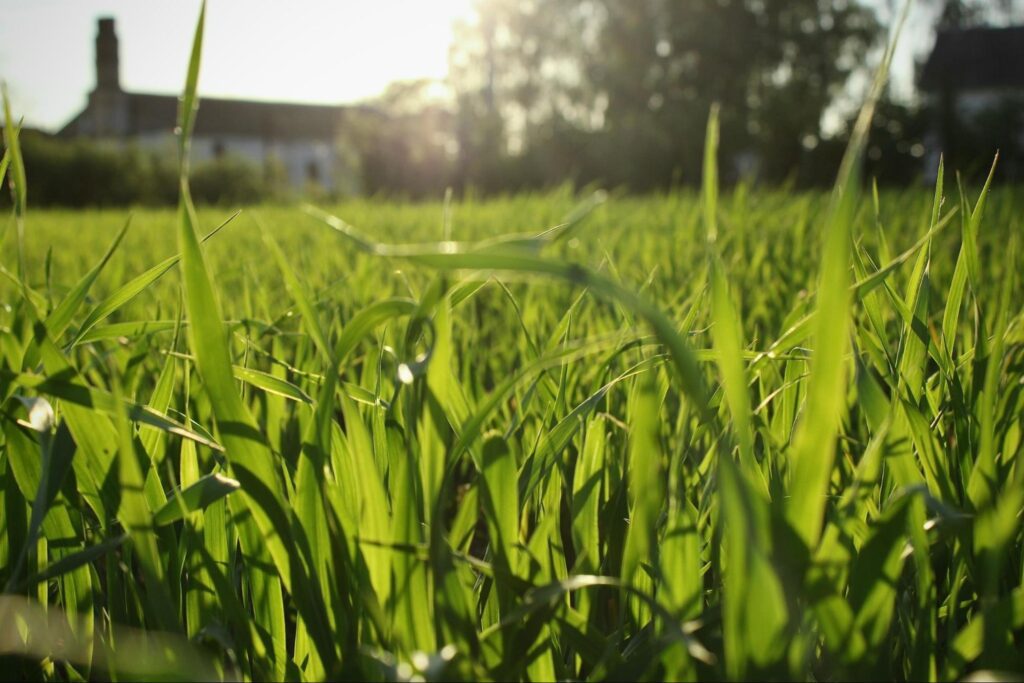
Enhancing the health of a lawn is not a chance outcome and will require consistent expert care. Top dressing will help restore the balance of soil health, as well as re-establish surface inconsistencies within the lawn, while also serving to reinforce turf areas against seasonal stresses. When the application is done at the right time and the right materials are used, there is undoubtedly a result one would anticipate, from poor, spotty, weak areas of the lawn to thriving, lush, strong turf. Your lawn won’t improve if left to chance, so team up with the experts at WeedPro, who understand Atlanta’s unique climate and soil needs. Simply put, your lawn deserves attention that goes beyond surface-level work to truly enhance your home. Top dressing serves as the foundation for the necessary conditions for growing a lawn of your choice and for enhancing the investment in your home.
To speak with us at WeedPro, take the opportunity to schedule professional top-dressing services when you are ready for your Atlanta lawn to receive the attention it deserves.
FAQs
How often should Atlanta homeowners schedule top dressing?
Typically, every 1–2 years is the interval, depending on soil conditions, grass type, and overall lawn health.
Can top dressing help lawns with drainage problems?
Yes, applying the right materials can improve drainage, reduce compaction, and support healthier root growth.
Does top dressing work with all grass types in Atlanta?
It’s effective for most turf types, but methods and timing should be adjusted for warm-season vs. cool-season grasses.
Learn More About the Best Materials for Top Dressing
Curious which materials deliver the best results for Atlanta lawns? Continue with our next article: “What Are the Best Top Dressing Materials in Atlanta?” to find out which options fit your soil and grass type.

